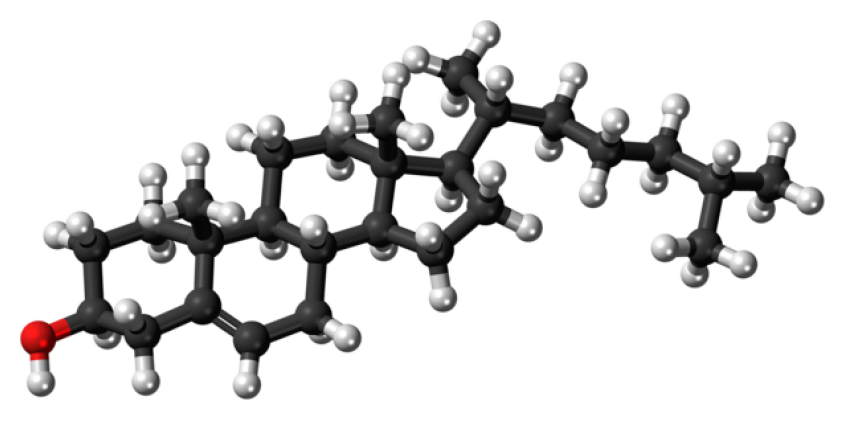
The U.S. Food and Drug Administration (FDA) approved last Friday an anti-cholesterol drug called alirocumab (Praluent).
Praluent, which is developed by Regeneron Pharmaceuticals Inc. and Sanofi SA, as reported in the Wall Street Journal, will be the first drug of its class, the proprotein convertase subtilisin kexin 9 (PCSK9) inhibitor, in the country.
The drug targets the specific protein PCSK9 responsible for reducing liver receptors that effectively clear out low-density lipoprotein (LDL) or bad cholesterol from the blood.
By inhibiting the function of PCSK9, more liver receptors will be available to remove the bad cholesterol.
The drug may be a new potent formulation intended to lower bad cholesterol, but its use is restricted to patients who have a hereditary condition called "heterozygous familial hypercholesterolemia (HeFH)" or patients who have an established heart disease and need additional treatment other than the aggressive statins that they are taking, according to the FDA.
The approval from the agency comes from the success of clinical trials that involved 2,476 participants who received Praluent.
All the participants had HeFH, had high risk for cardiovascular events like stroke or heart attack, and were taking statins.
The FDA reported that participants who took Praluent had their bad cholesterol lowered from 36 to 59 percent than those who took placebo.
According to Wall Street Journal, the drug costs around $14,600 a year, which is already considered very pricey for drugs used for common conditions like high cholesterol and heart disease.
However, Regeneron and Sanofi came to Praluent's defense stating that the drug costs a lot less than other drugs administered in similar ways, such as autoimmune drugs Humira and Enbrel, which thousands of patients use and cost over $38,000 a year.













